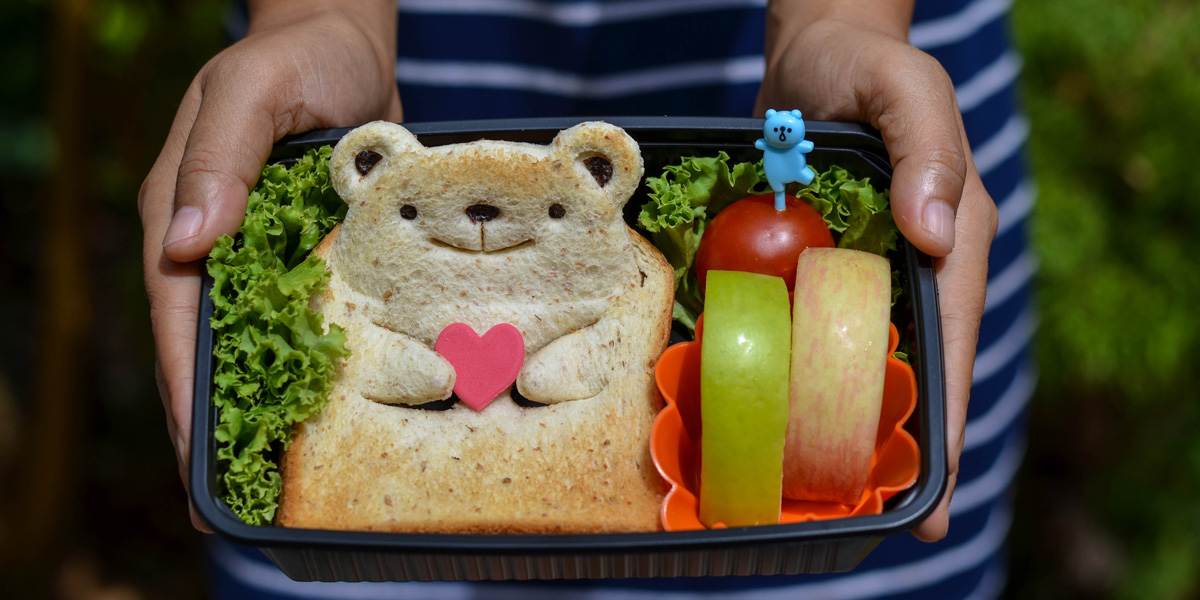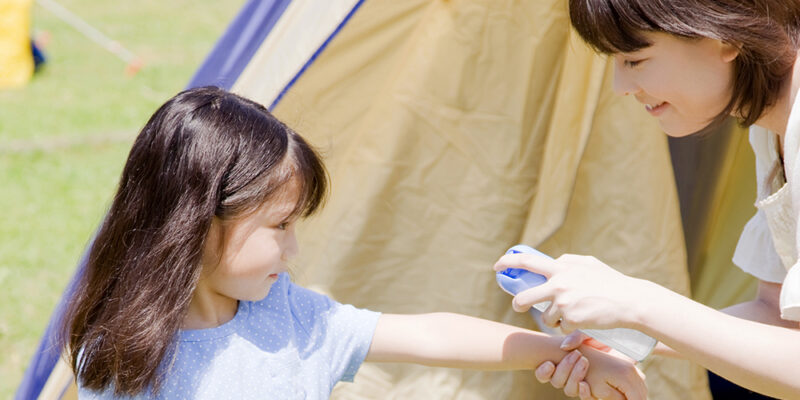Still, keeping food stored at safe temperatures can be difficult when kids are always on the go. Food safety specialists at the U.S. Department of Agriculture (USDA) Food Safety and Inspection Service recommend using insulated lunch boxes to help keep food fresh and protect kids from foodborne illnesses. Perishable lunch food (food that must be refrigerated) like deli meats and cheese, milk and yogurt should never sit at room temperature for more than two hours, or more than one hour if the air temperature is above 90° F.
What materials are used in insulated lunch boxes?
Insulated lunch boxes usually contain an outer layer made of a tough plastic fabric like vinyl, nylon or polyester that can be hard to stain or tear. The bag’s inner layer is usually made from a water-resistant material – plastic, aluminum, vinyl and foil liners are common and help keep food fresh and dry. An inside middle layer of insulating foam is typically made from materials like durable polyurethane, polyethylene plastic or thermal batting made out of polyester fibers.
While insulated, soft-sided lunch boxes or bags can often be best for keeping food cool, packing at least two cold sources, such as gel packs or ice can help.
Lunch boxes also can be made from silicone, glass and metal. While these materials are also tough and durable, if they don’t have interior insulation, adding an ice or gel pack to keep food cool will help keep food safe to eat. Reusable gel packs are often made of materials like hydroxyethyl cellulose (a thickening agent made from plants), sodium polyacrylate (a type of salt) or vinyl-coated silica gel that will not contaminate the food if the pack breaks.
Don’t have an insulated lunch box?
Although brown paper bags and plastic grocery bags are not ideal for keeping food cool, the USDA suggests using a frozen juice box as a freezer pack—by lunchtime, the juice should be thawed and ready to drink.
Make sure hands are clean before preparing lunches and that children know to wash their hands thoroughly before lunch or snack time. If water and soap are not readily available, consider adding moist towelettes or hand-sanitizing gels to the lunch box.




